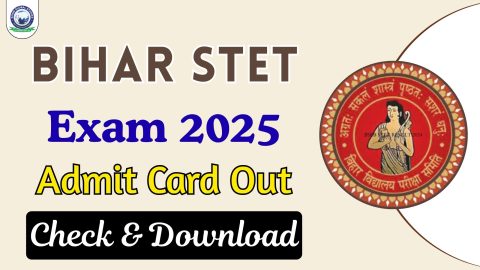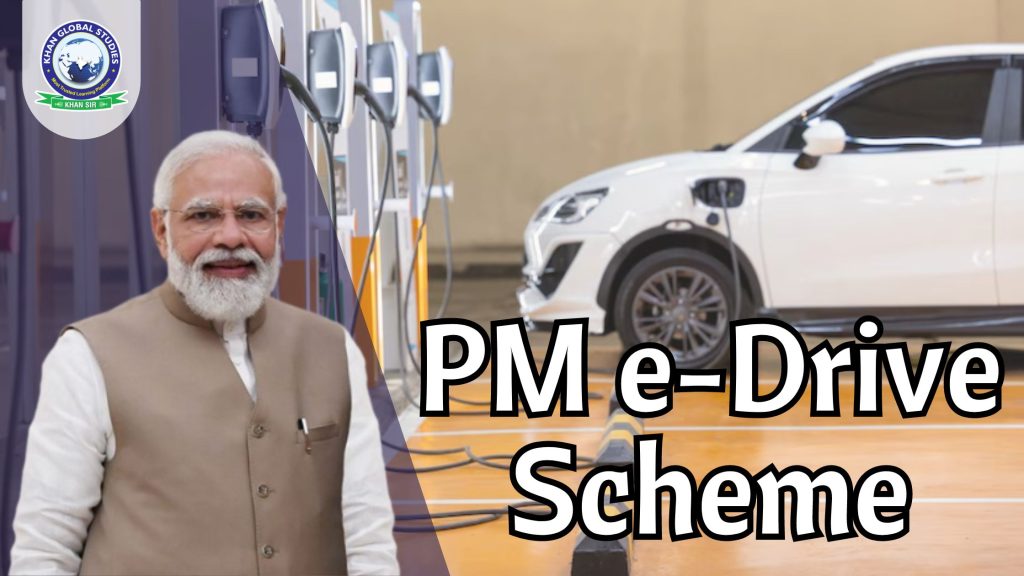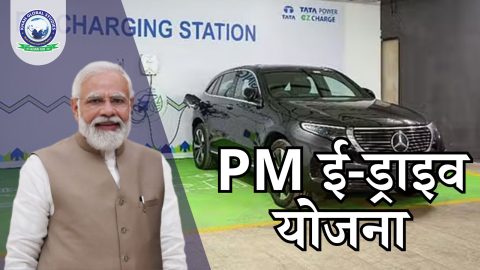Pradhan Mantri Electric Mobility Drive (PM e-Drive) is a comprehensive government initiative focused on increasing the use of electric vehicles (EVs) in India. The scheme aims to create a supportive environment for the EV industry, reduce dependence on fossil fuels, and encourage eco-friendly transportation.
Key Components of PM e-Drive
- Subsidies and Incentives: The government provides financial help to both EV manufacturers and buyers. This includes subsidies, tax exemptions, and reduced registration fees on EV purchases.
- Charging Infrastructure: The main focus is on creating a strong network of charging stations across the country, including public places, residential areas, and highways.
- Technology Development: PM e-Drive promotes research in EV-related areas such as battery technology, charging systems, and vehicle design, making electric vehicles more efficient, affordable, and widely available.
- Public Awareness: The government runs campaigns and workshops to educate people about the benefits of electric vehicles, how to use them, and how to properly maintain them.
- Partnerships: This initiative promotes collaboration between government bodies, private companies and research institutions for shared technology and policy development.
Benefits of PM e-Drive
- Environmental Benefits: The use of EVs can significantly reduce air pollution and greenhouse gases, leading to a healthier environment.
- Energy Security: Reducing dependence on fossil fuels strengthens India’s energy independence and makes the country less vulnerable to global oil price fluctuations.
- Economic Growth: The EV industry can create jobs, boost local manufacturing and attract international investment, helping the economy grow.
- Technological Advancement: Encouraging research in EV technologies can help India become a frontrunner in the global EV market.
Subsidy Details
- First-year subsidy: Buyers of electric two-wheelers will get a subsidy of ₹5,000 per kilowatt hour of battery capacity, with a maximum limit of ₹10,000.
- Second-year subsidy: The subsidy will be reduced to ₹2,500 per kWh in the second year, with a maximum limit of ₹5,000.
Subsidy for e-Rickshaws
- First year: Buyers will get a subsidy of ₹25,000 for e-rickshaws.
- Second year: The subsidy will be reduced to ₹12,500.
Other Vehicle Subsidy
- Three-wheelers (L5 category): A subsidy of ₹50,000 is given in the first year, and the subsidy is reduced to ₹25,000 in the second year.
How to get the subsidy?
- Get an e-voucher: Visit the PM e-Drive portal and get an Aadhaar-verified e-voucher.
- Sign and upload: Both the buyer and the dealer need to sign the voucher and upload it on the portal.
- Upload selfie: To claim the subsidy, the buyer also needs to upload a selfie on the portal.
Proper Utilization of Subsidy
The Ministry of Heavy Industries, led by Secretary Kamran Rizvi, will check production every six months to ensure that the subsidy is being utilised properly, to avoid misuse.
E-Ambulance
Rs 500 crore has been allocated for e-ambulances under PM e-Drive. Their performance and safety standards will be developed in collaboration with the Ministry of Health, Ministry of Road Transport and other relevant authorities.
Challenges and Opportunities
Despite its benefits, PM e-Drive faces challenges such as the high cost of EVs, limited charging facilities in some areas, and concerns over battery safety and performance. However, with ongoing government support, technological improvements, and a better understanding of consumers, these challenges can be addressed.
Conclusion
PM e-Drive is an essential step towards making India’s transport eco-friendly and electric. By providing incentives, improving infrastructure, and promoting innovation, the scheme aims to make electric vehicles a popular choice for Indians. As the EV market grows, PM e-Drive will be a key factor in shaping the future of transportation in the country.





